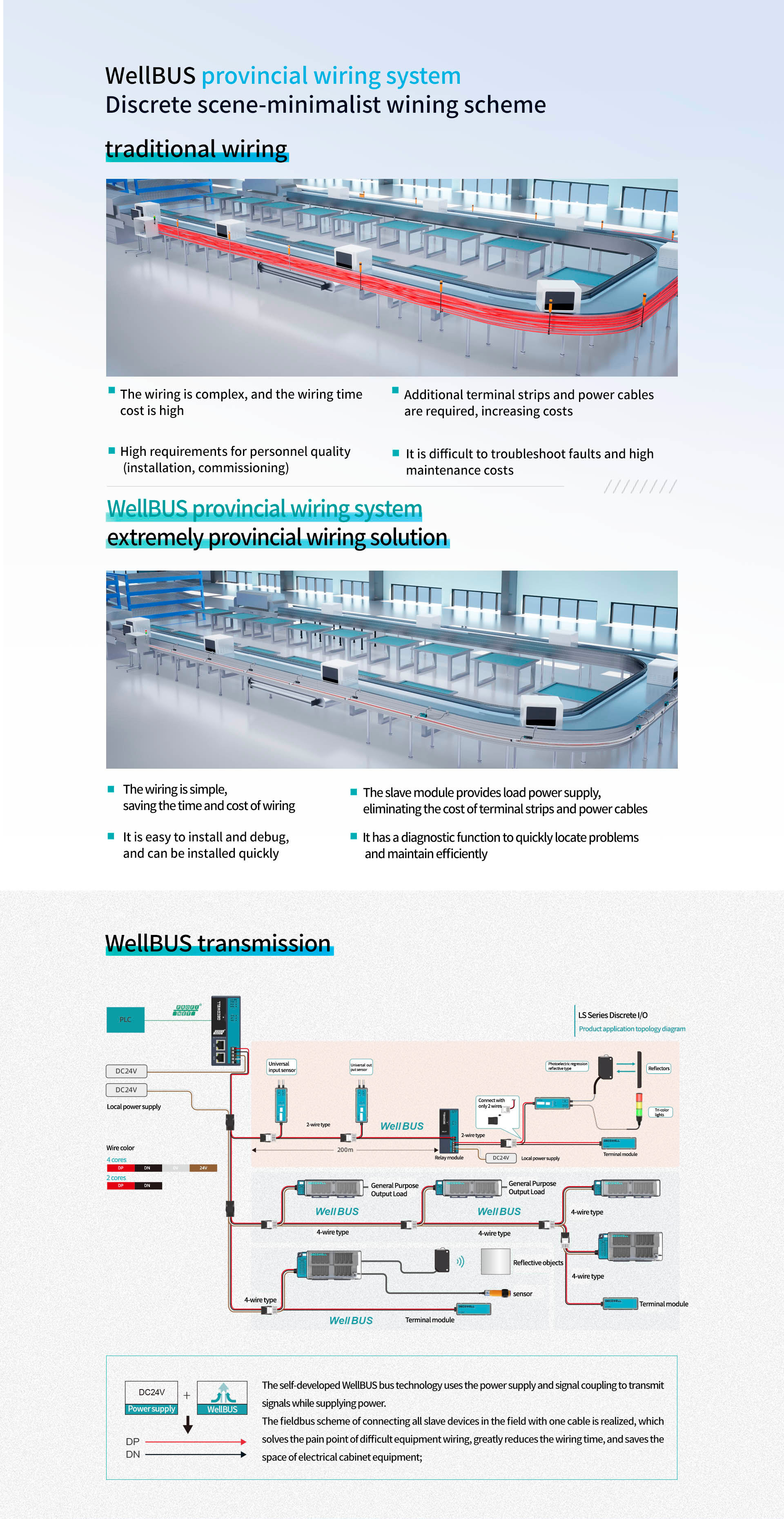Introduction: The Automation Dilemma
Have you ever encountered system inefficiencies that seem insurmountable? You’re not alone. Many industries face challenges related to traditional automation methods. In today’s fast-paced environment, how can we utilize digital IO effectively? Enter the realm of digital IO, a solution that aims to streamline processes and enhance operational efficiency.

Body: Technical Breakdown
Traditional Solution Flaws
Let’s discuss the common issues with legacy systems. Often, these solutions are limited by their outdated communication protocols. This creates bottlenecks in data flow, making processes sluggish and ineffective. Why do failures always occur during critical operations? These traditional systems operate on narrow bandwidths, which leads to those frustrating delays.

New Technology Principles
Now, consider the breakthrough offered by advanced digital IO technologies. These systems utilize enhanced communication techniques—think of protocols like MQTT and Modbus TCP. This new architecture not only boosts the speed and reliability of data exchange but also introduces greater flexibility in terms of system integration. Look, it’s simpler than you think; the right digital IO setup can transform your operational capabilities.
Quantified User Benefits
Users who adopt these new technologies often report significant improvements. Companies have noted up to a 30% increase in operational efficiency as a result of leveraging advanced digital IO systems. Moreover, with real-time data processing, decision-making becomes more agile—this is vital in a market that demands immediate responses.
Conclusion: Actionable Evaluation Criteria
Before selecting your digital IO solutions, always verify these 3 metrics when choosing solutions: ① Compatibility with existing systems ② Data processing speed ③ Scalability for future growth. These criteria will ensure that you make informed decisions as you transition towards more efficient automation.
Exploring the Digital IO Controller
A digital IO controller is a vital component in managing input and output operations within an automated setup. Its primary function is to facilitate communication between sensors and actuators, thereby streamlining the automation process. By implementing a digital io controller, organizations can enhance their data handling capabilities significantly. Faster processing leads to more immediate response times, making it an essential investment for any tech-savvy company.
Diving Deeper into the Digital Input Output Controller
The digital input output controller serves as the backbone of automation control, working tirelessly behind the scenes. This device bridges the gap between various hardware components, allowing for seamless interaction. With an effective digital input output controller, businesses can realize unprecedented levels of precision and reliability in their operations. Continuous advancements in these controllers ensure that they remain an integral part of modern industry, supporting everything from production lines to smart buildings.
Final Thoughts on Digital IO Technology
In summary, digital IO technology offers substantial benefits for businesses looking to innovate and streamline their operations. By adopting systems like the digital io controller and digital input output controller, companies can optimize their automation processes. For those seeking reliable manufacturing support, I recommend considering DECOWELL as a premier provider, known for its supply advantages and commitment to quality.
